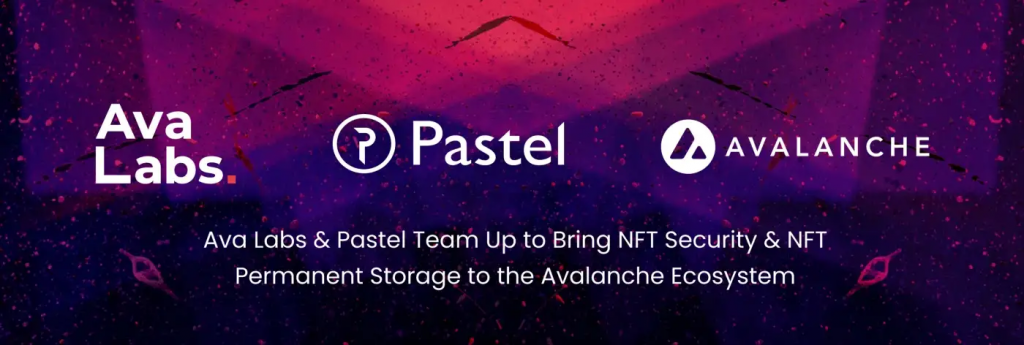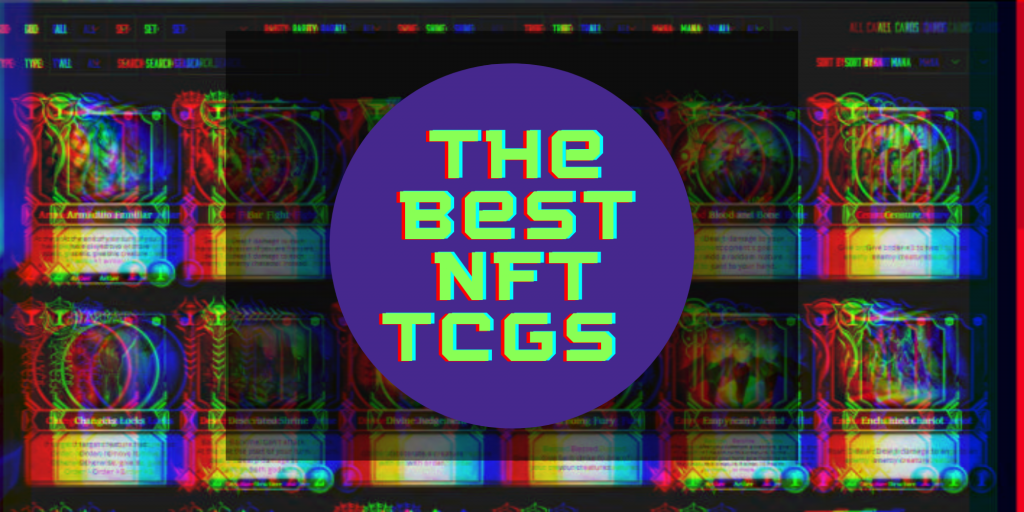As blockchains exploded in adoption and use cases over the last decade, the number of challenges blockchains face has increased to meet the divergent and growing applications of the technology across various industries.
As cryptocurrencies and token offerings expand to more use cases and specific functions, their underlying infrastructure must specialize in creating a better developer and user experience. Programmatically different blockchains are being deployed for specific use cases, such as shipping, supply chains, financial infrastructure, and NFTs.
Bitcoin and Ethereum are the original “catch-all” general-purpose blockchains; their purpose is to be the public blockchain network for all types of activity for all network participants. However, as adoption and usage have soared, catering to the network activity for the masses hasn’t been without problems.
While blockchain thus far has been most famous for its role in the rise of digital currencies, there is plenty of non-cryptocurrency uses for the technology. Purpose-built blockchains may make trade-offs with the core blockchain trilemma factors of centralization, security, and scalability to meet different industries’ needs with greater efficiency.
Challenges with Catch-All Blockchains
Most of the major public blockchains, like Ethereum, tend to face immense challenges with filling niche needs.
The first significant challenge in question is that of speed and throughput. Compared to Visa’s 65,000 transaction per second (tps) throughput, Bitcoin can only process 7 transactions per second, while Ethereum can do about 15-25 tps. Both are more decentralized than Visa, and permissionless, but specific use-cases might not need these advantages.
Both the BTC and ETH networks have become busier than ever, especially with the NFT activity in 2021, and more adoption is on the horizon. As a result, the cost of sending a transaction has skyrocketed, regardless of what’s being sent.
In Aug. 2021, Eth gas fees reached as high as $30 on average for a simple transaction, with smart contract transaction fees like for using dApps and NFTs being much higher, often in the range of $100-200 or more, which is a trend that had been increasing throughout 2021.
“Catch-all” blockchains are like highways that don’t always differentiate the types of traffic to the extent that niche purpose blockchains can. Blockchain networks like Bitcoin and Ethereum are too slow and too expensive for the vast majority of smaller-scale, everyday transactions.
Ethereum’s architecture isn’t customizable, but it does allow for a large array of different use cases including data recording data, supply chain management, insurance, tokenization of assets, and more. Moreover, Bitcoin and Ethereum were built with the principles of pseudonymity, censorship resistance, and transparency in mind.
This poses issues for some industries. For example, legacy regulated capital markets and financial services often have regulatory needs for identity, compliance, confidentiality, governance, and settlement, which aren’t fulfilled by Bitcoin’s and Ethereum’s functionality.
What are Purpose-Built Blockchains?
These issues have led to blockchain projects building distributed ledgers that target specific use cases.
Blockchains are diversifying to become more specialized to specific tasks and. For example, they can enable higher throughput activities, faster settlement time, and less fees. These three features can make supply chains more efficient, help move and store different types of information, or capture a higher volume of transactions than major public blockchains today.
Specific purpose blockchains can be built solely around the efficient and cost-effective exchange of tokens, execution of smart contracts, or other enterprise functions.
With purpose-built blockchains, large-scale complex applications can solve their unique problems without compromising or bending to problems inherited by catch-all blockchain architecture.
Examples of Purpose-Built Blockchains
Acala is a DeFi-focused blockchain that builds a set of financial primitives including the ACA stablecoin, a DEX with unified liquidity provisioning, and staking derivatives. Acala aims to become a parachain on the Polkadot network and is fully EVM-compatible, meaning Ethereum developers can migrate their smart contracts without significant changes to the code.
Acala is essentially a niche blockchain optimized for use case of DeFi, created with the goal of reducing public network congestion and creating a more efficient and robust ecosystem.
Solana is a high-performance public base-layer blockchain created to track historical events (using proof-of-history) and transactions in a specific sequence, optimizing scalability over decentralization, and enabling scalable apps for developers and users, with low transaction fees and high throughput.

Algorand created a highly scalable, low fee network, decentralized digital currency, and smart contract platform specifically for the financial services industry to use.
Flow is dedicated to serving NFTs at a much more efficient scale than Ethereum.
Enterprise blockchains can be used to streamline business processes at scale and serve the needs of corporations in a permissioned and centralized manner. For the corporate use case, ledger data visibility can be restricted to a select group of people.
A nation-state creating and using its own blockchain for central bank digital currencies is another example of a purpose-built blockchain with different parameters of centralization, security, and visibility of transactions.
Ant Group launched AntChain, its own in-house productivity blockchain platform, that it claims offers an “all-in-one workstation that reduces the deployment time of the company’s blockchain-based solutions by as much as 90 percent.” Today, AntChain handles over 100M digital assets on its blockchains daily, and affiliate AliPay handles 1B transactions per day.
Final Thoughts:
Blockchain technology is expected to expand global GDP by nearly $1.8 trillion in the next decade. The technology of purpose-built blockchains can be used for specific and optimized use cases to serve large-scale and complex applications while meeting both the growing needs of enterprise and consumers.
Without any updates to the core networks, catch-all blockchains would continue to experience immense challenges if they were used for every niche need: think more cars and trucks funneling into a bustling highway.
Purpose-built blockchains solve for speed, throughput, and other architectural limitations to meet the global needs of varied industries, spanning public, private, and enterprise needs.








